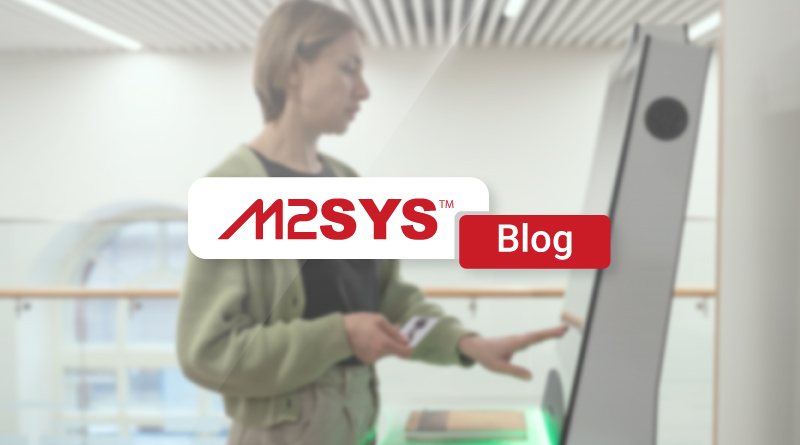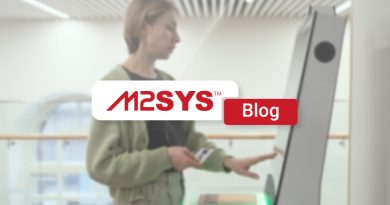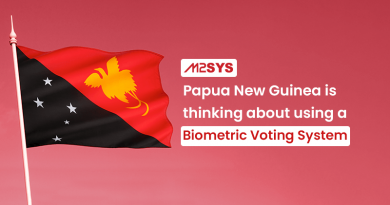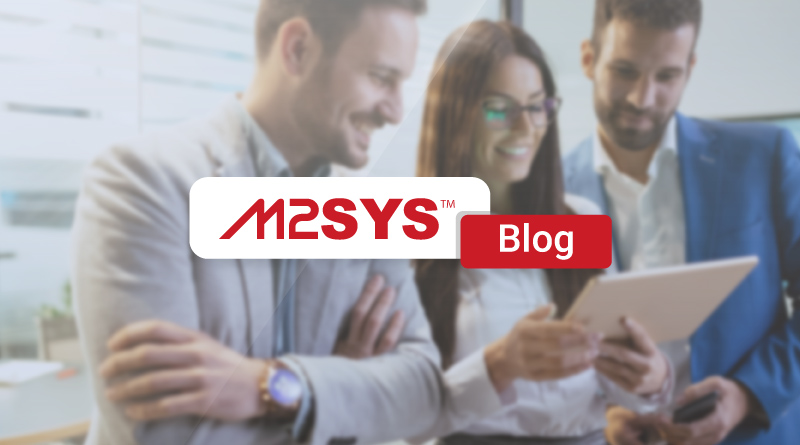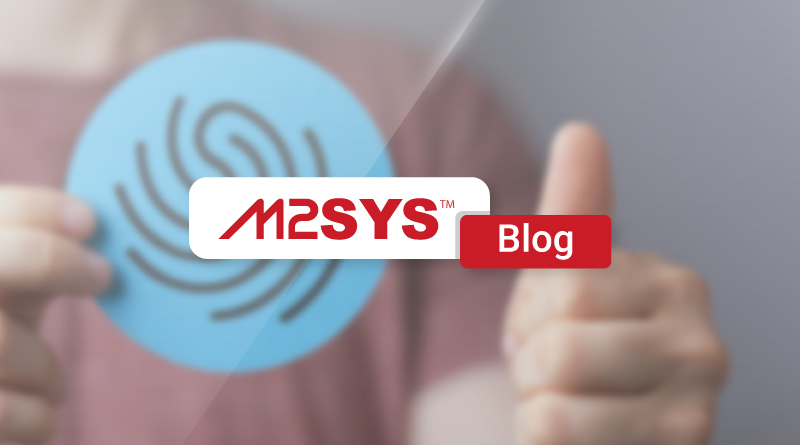Accelerate Government Projects with AI Integration Tools
AI integration tools revolutionize government projects by enhancing speed and efficiency. These tools modernize outdated systems, automate tasks, and improve citizen engagement. The M2SYS eGov platform exemplifies how AI can streamline processes, reduce costs, and ensure transparency in public service delivery.
TL;DR
- AI integration tools revolutionize government projects, making processes faster and more efficient.
- Outdated systems slow down government operations; AI tools like the M2SYS eGov platform bridge the gap seamlessly.
- Features like drag-and-drop and automation empower non-technical users to create solutions quickly, enhancing service delivery.
- AI chatbots improve citizen engagement by providing 24/7 support, increasing transparency and satisfaction.
- Real-world successes in Turkey, Yemen, Nigeria, and Iraq showcase the transformative impact of AI in government projects.
- AI tools reduce costs, improve service quality, and are essential for modern governance and digital transformation.
Ready to accelerate your government projects with AI? Contact us to learn how M2SYS can help.
Government projects can feel like they’re moving at a snail’s pace, but AI integration tools offer a solution. These tools transform how government agencies work, making processes faster and more efficient. Imagine a world where getting permits, renewing licenses, or accessing government services happens in the blink of an eye. AI integration tools can make this happen by modernizing the systems that handle these tasks.
Why are government systems slow? Many government agencies use outdated technology that doesn’t communicate well with newer systems. These legacy systems are like old cars that need constant repairs. They’re slow and costly to maintain. Yet, they’re crucial because they hold a lot of important data and ensure ongoing operations. Integrating new technology with these systems is challenging, but AI integration tools like the M2SYS eGov platform are changing the game.
What makes these tools special? AI integration tools use artificial intelligence to connect old systems with new ones seamlessly. They help government agencies update their processes without starting from scratch. The M2SYS eGov platform, for instance, uses AI to automate many tasks, reducing the time and cost involved in implementing new solutions.
AI has some amazing features that make life easier. For example, the M2SYS eGov platform comes with drag-and-drop tools. These tools let users create and set up solutions without needing to know how to code. This means that even people without technical skills can develop applications quickly. Imagine a city government that needs to speed up permit processing. Using M2SYS, they could build an app to automate parts of the process, making it faster for citizens to get approvals.
Another benefit of AI tools is automation. Automation can handle repetitive tasks, freeing up government staff to focus on more important work. This is especially helpful in large projects, where there are many moving parts. By using automation, government agencies can do more with less effort, using their resources more efficiently.
Citizen engagement is also improved with AI tools. The M2SYS eGov platform, for example, includes AI Chatbot Assistants. These chatbots are available 24/7 to answer questions and provide support. They make it easier for people to access government services and get information. This improves user satisfaction and makes government operations more transparent.
There are many real-world examples of AI success in government projects. In Turkey, M2SYS helped develop a national ID system by integrating modern technology with existing systems. This project improved citizen services and set a new standard for national identification. In Yemen, the company supported the modernization of the electoral process, creating a voter database for 14 million citizens. This effort improved transparency and citizen engagement.
In Nigeria, M2SYS worked on a project to enhance mobile security. They created a centralized database for SIM card holders, registering biometric credentials for over 140 million users. This improved security and compliance across the telecom industry. In Iraq, M2SYS contributed to border control modernization, using advanced technology to enhance national security.
AI integration tools are not just about speed and efficiency. They also help government agencies reduce costs and improve service quality. By streamlining processes and automating tasks, these tools free up resources for other innovative initiatives. This is crucial as governments face increasing demands for transparency and citizen engagement.
In conclusion, AI-powered integration tools like the M2SYS eGov platform offer a path forward for government projects. They simplify the integration of new systems with old ones, making digital transformation success possible. These tools are not just a trend but a necessity for modern governance. As governments continue to embrace technology, AI-powered solutions will play a crucial role in delivering high-impact outcomes with minimal financial or timeline risk.
How-To Guide: Implementing AI Integration in Government Projects
Step 1: Assess Your Current Systems
Begin by evaluating the existing legacy systems in your agency to identify areas where integration with new technologies is needed.
Step 2: Choose the Right AI Integration Tools
Select tools that offer seamless integration with legacy systems, such as the M2SYS eGov platform, which provides drag-and-drop features and AI-driven automation.
Step 3: Develop Solutions with Ease
Utilize the drag-and-drop tools on the chosen platform to configure applications without extensive coding expertise. This step simplifies the development process and accelerates deployment.
Step 4: Automate Repetitive Tasks
Identify repetitive tasks within your agency and use AI automation features to streamline these processes, allowing staff to prioritize more critical functions.
Step 5: Enhance Citizen Engagement
Implement AI Chatbot Assistants to provide 24/7 customer support, ensuring citizens receive the information and services they need promptly.
Step 6: Monitor and Adjust
Continuously monitor the performance of AI tools and make necessary adjustments to improve efficiency and maintain high-quality service delivery.
For further insights on accelerating government digitization, visit the Accelerating Government Digitization page.
Frequently Asked Questions
What is the M2SYS eGov platform?
The M2SYS eGov platform is an AI-driven solution designed to help government agencies accelerate their digital transformation projects. It offers tools that integrate new systems with existing legacy infrastructure, reducing costs and increasing efficiency. To learn more, visit the M2SYS eGov platform page.
How does AI integration improve government services?
AI integration, as seen in platforms like M2SYS eGov, enhances government services by enabling faster processing, reducing costs, and improving citizen engagement. For a deeper understanding, explore our article on AI Integration Tools.
Can government agencies use AI tools without technical expertise?
Yes, the M2SYS eGov platform features drag-and-drop tools, allowing government staff to create applications without extensive technical skills. This makes it accessible to a wider range of users within government agencies.
What are the cost benefits of using the M2SYS eGov platform?
The platform reduces costs by automating processes, decreasing the need for manual interventions, and speeding up project deployment times. Discover more about cost reductions in our article Reduce Development Time.
How does the M2SYS eGov platform enhance citizen engagement?
By implementing AI Chatbot Assistants, the platform ensures 24/7 support and improves service delivery, making government operations more transparent and engaging for citizens.
What are some examples of successful AI integration in government projects?
Examples include M2SYS's projects in Turkey for a national ID system, voter database modernization in Yemen, and mobile security enhancements in Nigeria. Read about more success stories on the Digital Transformation Success page.

